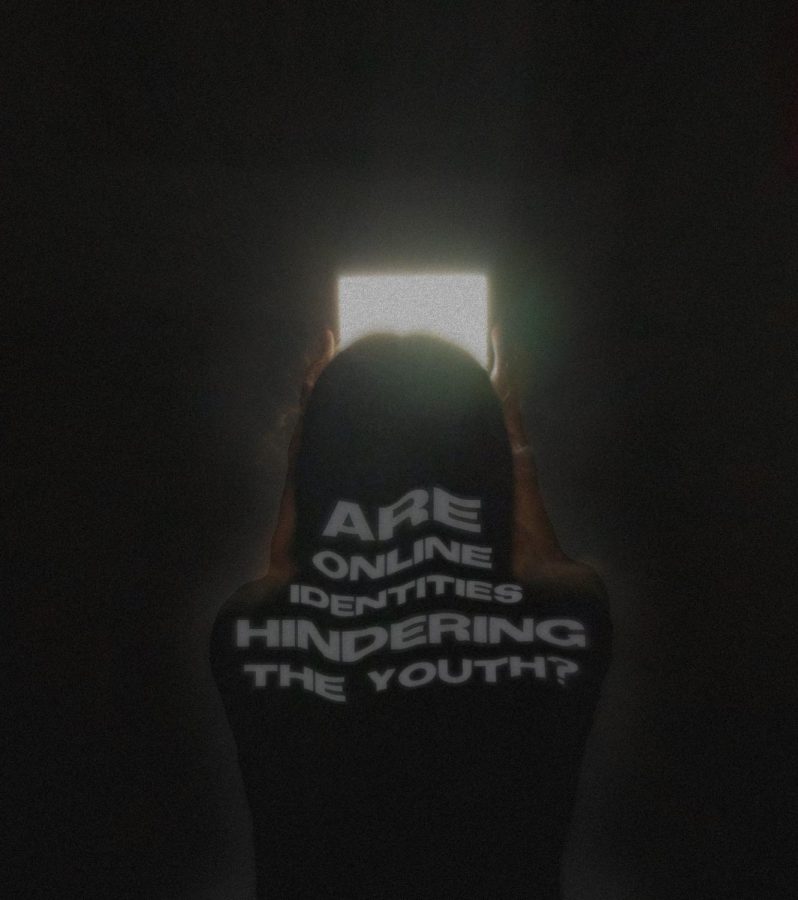Are Online Identities Damaging Today’s Youth?
November 30, 2022
An abundance of teens spend their free time on social media, and the idea of an online presence is not a new concept to them. However, due to the recent rise of the ambiguous trend that is micro-labeling, a new uncertainty arises: Is the way that the youths portray themselves online hindering their development in self-identity?
Micro-labels have steadily gained more attention on social media as of recent. They’ve been present since before the heavy use of these apps, under other labels such as the use of “aesthetic.” These labels usually refer to the way people present themselves online. An example of this is the “Clean Girl” persona, which refers to a person who has simplistic and minimalistic habits. People who characterize themselves as such usually wear minimal makeup and prioritize a healthier living. To outsiders, this trend could be viewed positively, yet there is an underlying hindrance that comes with portraying oneself as such.
The issue with micro labels stems from the fact that these characteristics are so unusually hyper-specified that it applies to one one. It romanticizes perfection and it hinders people from progress and self-exploration. People with no established self identity latch onto these labels in order to feel a sense of security within the online world. Senior Finn Howell extends upon the matter with her own compelling perspective, “I don’t really see a need for labels. I think people should be able to dress however they want, whenever they want. Fashion is fluid, and there’s no reason we should try and stamp a label on it and confine someone into one little box. The pressure from social media to fit in is extremely harmful, and I believe that people should just wear whatever they want. Appearance isn’t everything.”
When people categorize themselves into a specific persona, they begin to force themselves into creating this character. These people are promoting things they no longer experience, but rather the content they consume and what they see other people in these groups do. For example, a “Clean Girl” may rave about pilates because it fits their healthy character yet has never actually attended a class. These people begin to subconsciously mold themselves into this persona, even if it clashes with what they really want to pursue, or feel comfortable with. If a thought or belief exists that doesn’t fit their skewed self perception, they suppress it because it doesn’t fit their character.
Despite not everyone being at hazard in following this peculiar trend, it is important to understand that younger audiences are more susceptible in wanting to pursue them. The algorithm is so addictive and strong that it caters directly to these viewers; it makes adolescents feel comfortable following in the steps of others and feeling as though they “fit in” with the crowd. How are viewers supposed to forge a real sense of self and identity when the content they consume every day intentionally leaves them with the same drawn-out conclusion?
Nonetheless, not all of the content consumed is a risk, as Howell explains. “I think that if you blindly follow a trend just to fit in with everybody else, then yes, you are suppressing your identity. But, if a person follows trends because they like them and feel themselves, then no! They are expressing themselves how they would like to be seen.” It’s pertinent to remember that not all audiences are aimlessly adopting these trends but rather incorporating the things they admire into their own life while still sustaining their identity. Reportedly, Howell falls under this category with her own style: “I’ve been the trademark hippie/70s girl in all my friend groups for years. I don’t really try to do that; I just like tie dyes and flared jeans.”
Evidently, change is crucial to human evolution and people will always be bound to pursue online trends; however, it is essential for viewers and influencers alike to understand when it is essential to draw a line between individuality and blindly following trends. As Howell describes, “certain things come in and out of style and people change with the trends. There’s nothing wrong with it as long as people are happy and are expressing themselves freely.”








